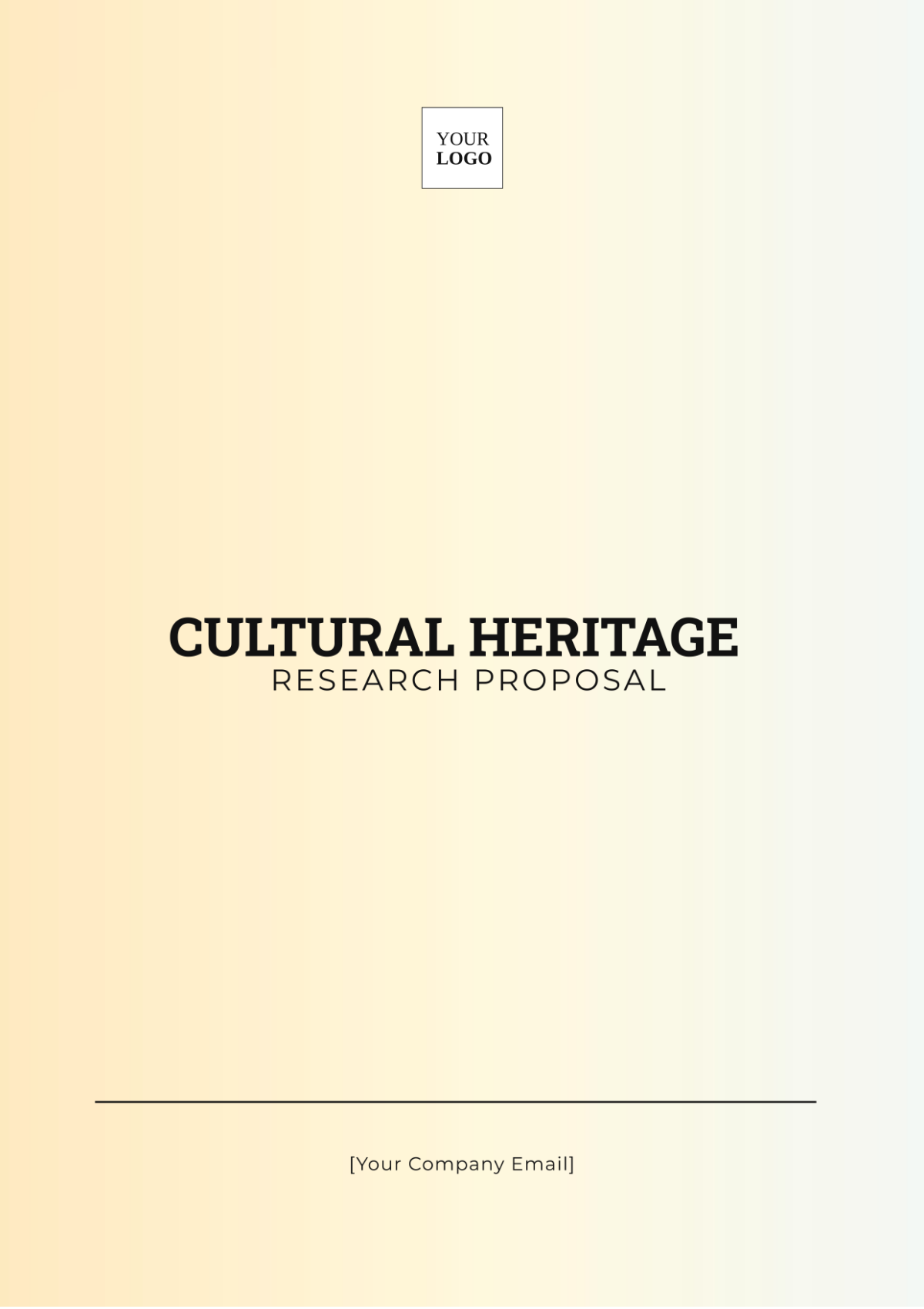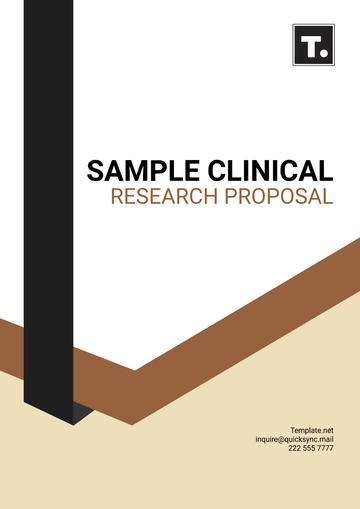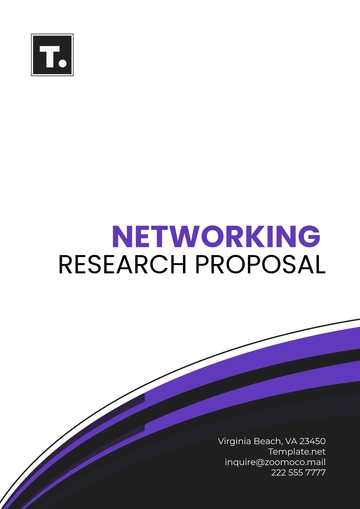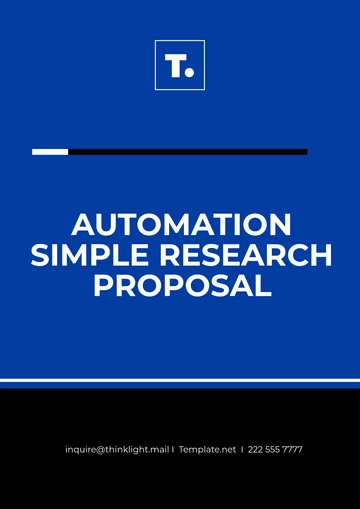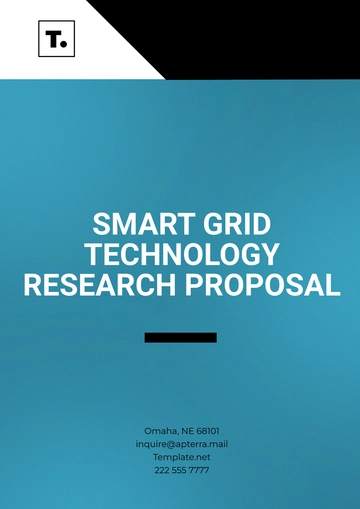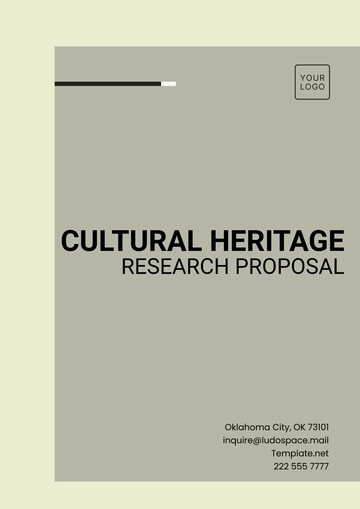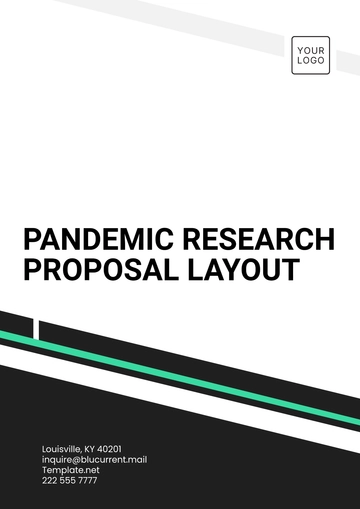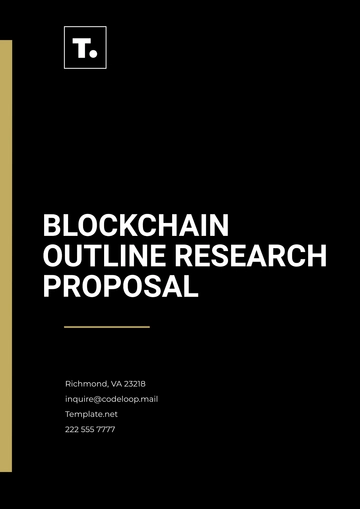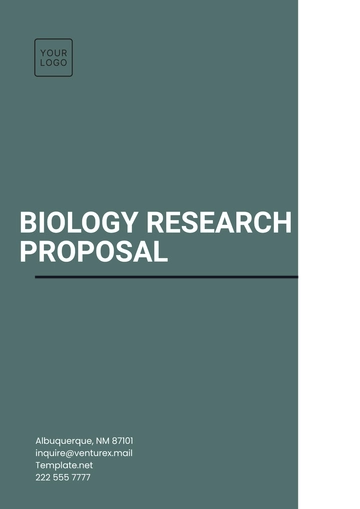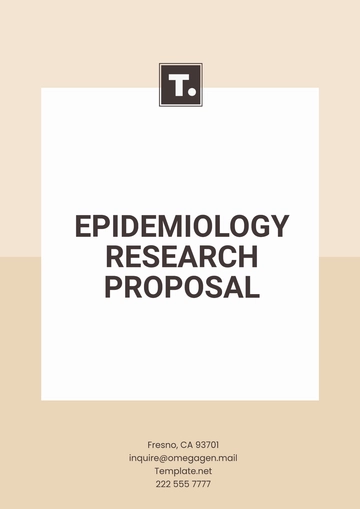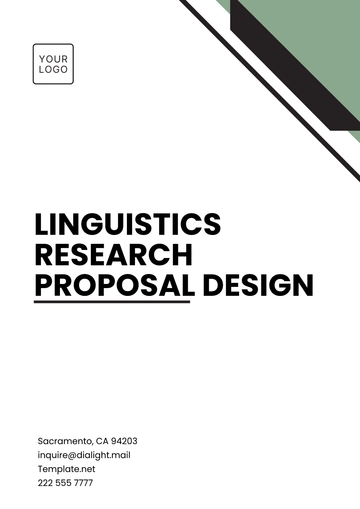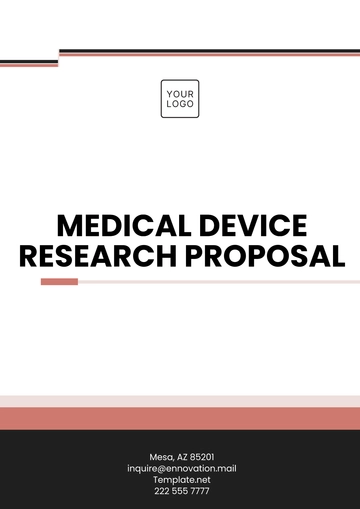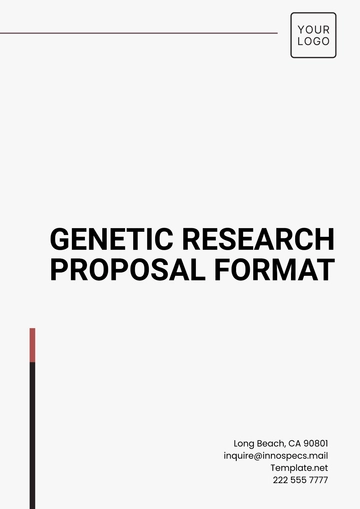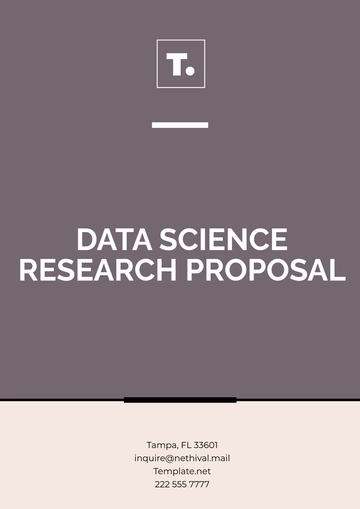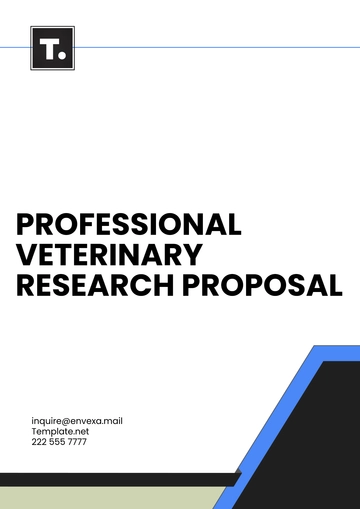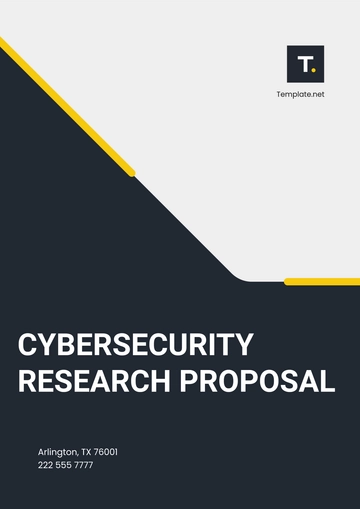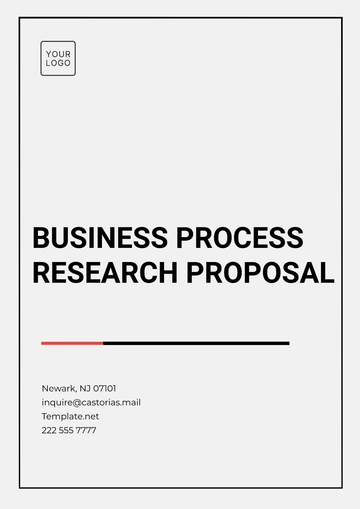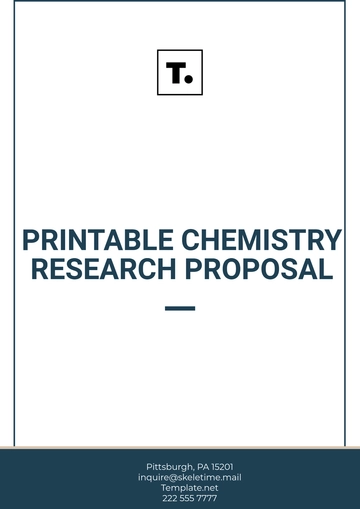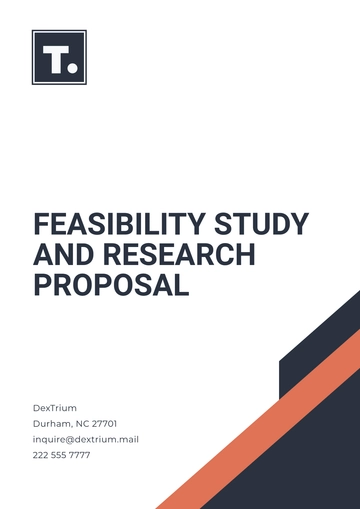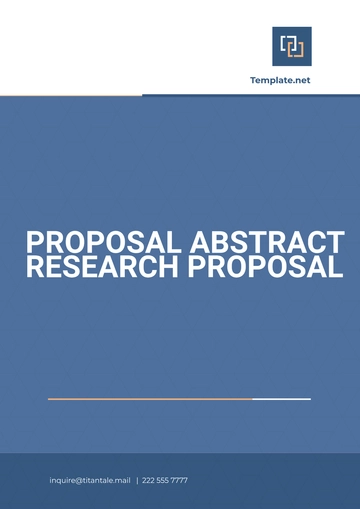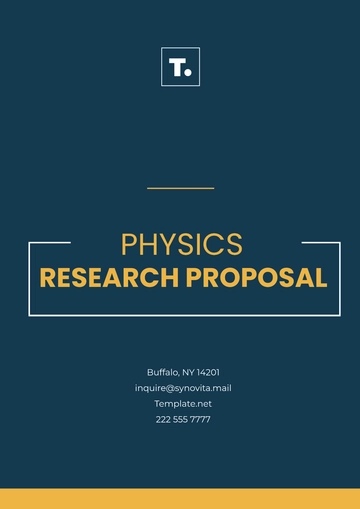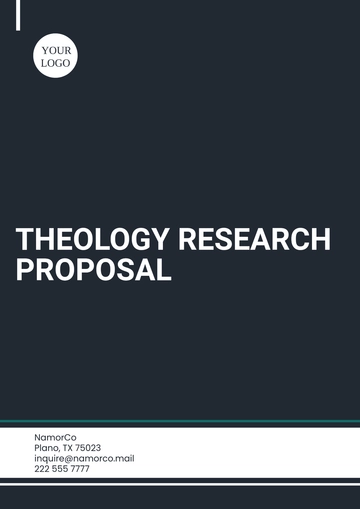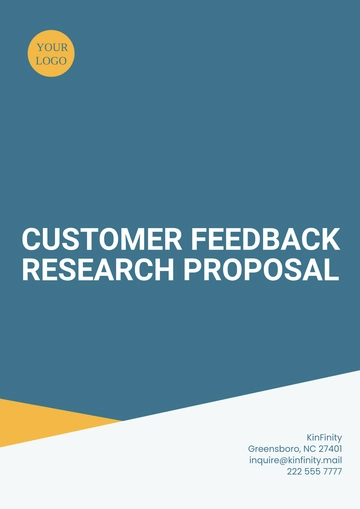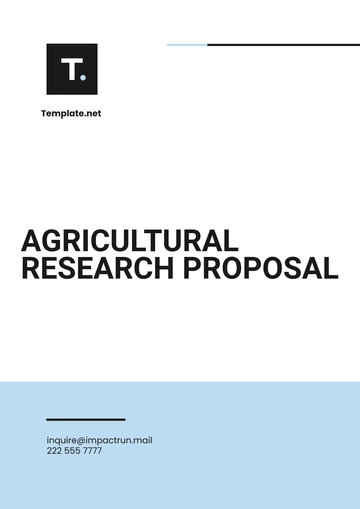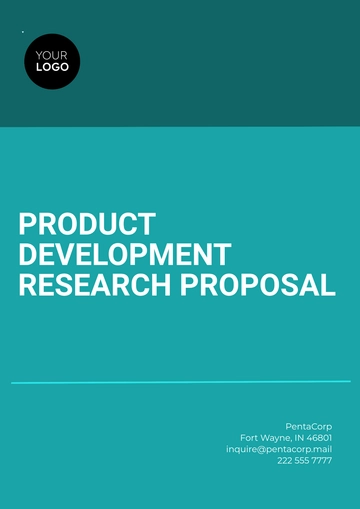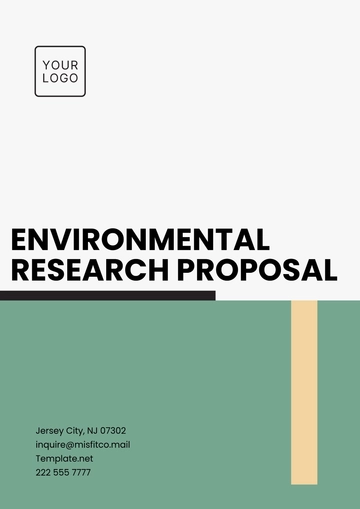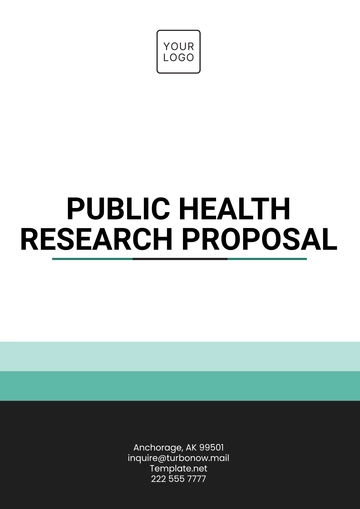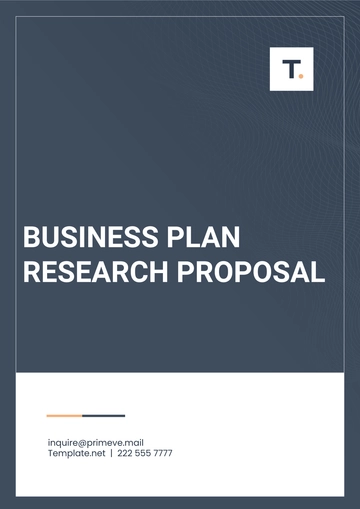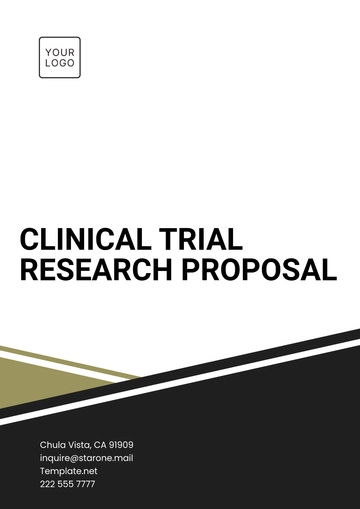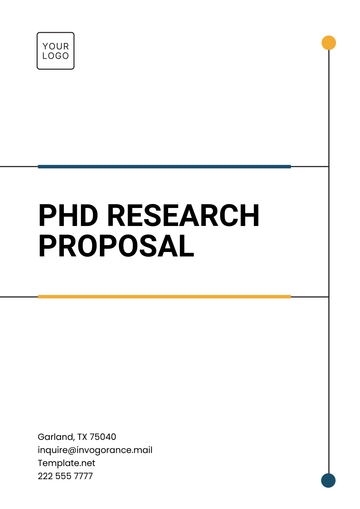Cultural Heritage Research Proposal
Researcher: [Your Name]
Date: [Date]
I. Introduction
Cultural heritage represents the rich tapestry of tangible and intangible artifacts, traditions, monuments, and practices handed down through generations. It includes physical objects like artifacts and monuments, as well as intangible aspects such as oral traditions and rituals. This research proposal aims to explore, document, and preserve these essential elements of cultural heritage, with a focus on local traditions, historical artifacts, significant monuments, and enduring practices. Preserving cultural heritage is crucial for sustaining community identity, and continuity, and fostering a shared sense of history for future generations.
II. Objectives
III. Literature Review
Research highlights the critical role of cultural heritage in community identity and historical continuity. The World Heritage Convention (UNESCO, 2050) stresses the importance of safeguarding both tangible and intangible cultural assets. Johnson (2052) expands on the concept of "living heritage," encompassing practices, expressions, and traditional knowledge. Recent advancements in digital technologies, such as augmented reality and blockchain for provenance tracking, offer innovative methods for documenting and preserving cultural heritage (Miller & Lee, 2055). These studies provide a robust foundation for this research and underscore the need for continuous investigation in this field.
IV. Methodology
The research will employ a mixed-methods approach to ensure a thorough understanding of the cultural heritage landscape.
A. Data Collection
Ethnographic Fieldwork: Conduct participant observation and in-depth interviews with local community members to gather insights into traditional practices.
Digital Documentation: Utilize digital photography, 3D scanning, and augmented reality to document artifacts and monuments.
Surveys: Administer surveys to collect quantitative data on community engagement and perceptions of cultural heritage.
B. Data Analysis
Qualitative Analysis: Use content analysis to interpret data from interviews and field observations.
Quantitative Analysis: Apply statistical methods to survey data to identify trends and patterns.
Preservation Strategies: Develop and recommend preservation strategies based on research findings, in collaboration with local authorities and heritage organizations.
V. Timeline
Phase | Duration | Description |
|---|
Literature Review | 3 months | Comprehensive review of existing literature, identification of research gaps, and development of theoretical framework. |
Fieldwork | 9 months | Data collection through ethnographic methods, surveys, and digital documentation. |
Data Analysis | 4 months | Analysis of collected data, including qualitative and quantitative interpretation. |
Report Writing | 3 months | Compilation of findings, drafting, and revision of the final research report. |
Dissemination | 3 months | Presentation of findings through academic publications, public exhibitions, and digital platforms. |
VI. Budget
Item | Cost |
|---|
Fieldwork Expenses | $15,000 |
Digital Equipment | $8,000 |
Software and Tools | $3,000 |
Personnel Costs | $25,000 |
Publication and Dissemination | $5,000 |
Miscellaneous | $3,000 |
Total | $59,000 |
VII. Significance
This research project is of paramount importance for several reasons:
VIII. References
Giaccardi, E., & Palen, L. (2055). The social production of heritage through cross-media interaction: Making a place for place-making. International Journal of Heritage Studies, 20(3), 281-297.
Johnson, R. (2052). Living Heritage: Practices, Expressions, and Knowledge. Heritage Studies Quarterly, 15(1), 45-62.
Miller, T., & Lee, S. (2055). Innovations in Digital Heritage: Augmented Reality and Blockchain Applications. Journal of Digital Preservation, 10(4), 215-233.
Proposal Templates @ Template.net
